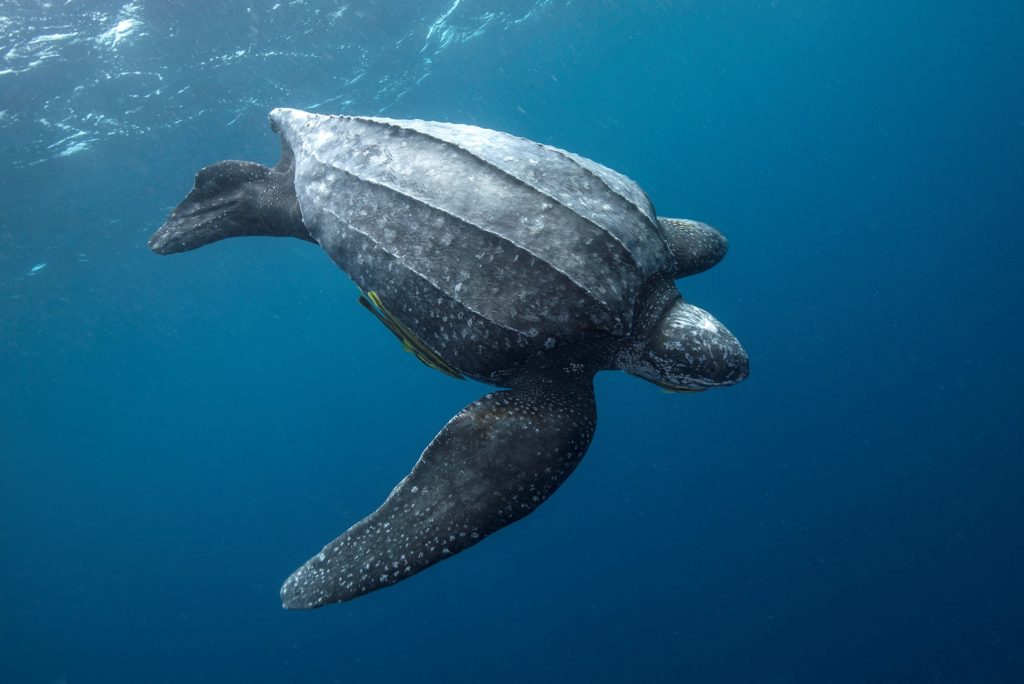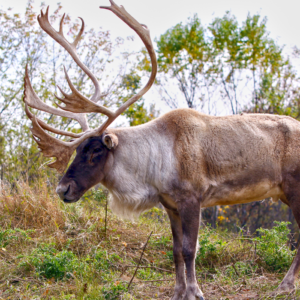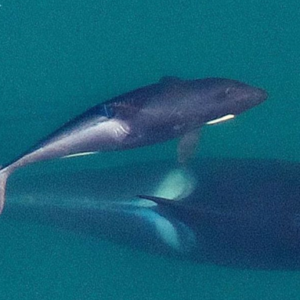The Leatherback Sea Turtle, a Unique Giant
Identifiable by its lack of bony shell, the leatherback sea turtle – also known as the leathery turtle, lute turtle, or luth- is the largest of all living turtles. Inky blue in colour, these gentle giants can grow up to an impressive 2.3m in length, and up to a whopping 2000 pounds1. Their hydrodynamic body structure streamlines their movement in the ocean, allowing them to be the deepest divers of all turtles- up to 1.2 kilometers!
These world travellers have the largest population range of any reptile species, having populations in the Mediterranean Sea, and the Atlantic, Pacific, and Indian Oceans1. Adult luths are known to swim as far North as Canada -Atlantic Canada watches these turtles swim by every year due to the abundance of jellyfish2– and Norway; whilst still being able to swim as far south as New Zealand and South America. Leatherbacks have acquired the adaptations necessary to allow them to make these journeys in northern cold waters. Being extra-large in size, changing their swimming activity and blood flow, and a thick layer of fat2 are all unique qualities that the leatherback has to allow them to create and maintain their body heat, and make theses journeys possible.

The leatherback sea turtle undergoes a very lengthy mating cycle, involving the female making long migrations from South to North, to hatch her eggs in the warmer southern sands2. After laying and burying her eggs in the sand, the females return to sea. The temperature of the nests will determine the turtle sex- warmer temperatures producing females, and cooler temperatures producing males1. A very small percentage of hatchlings will survive and return to sea2.
A living relic, leatherback sea turtles evolved about 100 million years ago, and lived amongst dinosaurs! Leatherbacks are also the only living genus in its family, Dermochelyidae, making them truly the last of their kind.
So what’s the issue? Both COSEWIC and SARA list the leatherback sea turtle as Endangered2. There are several knowns threats to the leatherback turtle, including entanglement, coastal development, vessel collisions, acoustic disturbance, climate change, poaching, artificial light, and marine pollution. In Atlantic and Pacific Canada today, the biggest risk to the leatherback is entanglement in fishing gear2 and marine pollution by plastics. Entanglement of fishing gear can cause injuries resulting in death, or even drowning2. Leatherbacks are also known to consume marine plastic pollutants, up to 11 pounds have been found in the stomachs of some!1 All of these man-made issues are seriously maiming the populations of leatherbacks, and the Atlantic and Pacific populations remain endangered.
So what can we do in order to help these peaceful giants? The biggest thing that you can do today is start ensuring that plastics and floating debris stay out of our Canadian Oceans! Responsible recycling, and proper discarding of non-recyclables is a great place to start. Try to use reusable shopping bags, and lunch packaging. If you enjoy recreational fishing, always ensure that you are following safe fishing practices to reduce the risk of polluting in our oceans. There is a lot of ongoing work in researching more effective fishing practices to minimize entanglement in fishing lines as well2. You can contact the Canadian Sea Turtle Network to find out how to get involved locally on our coastlines today.



